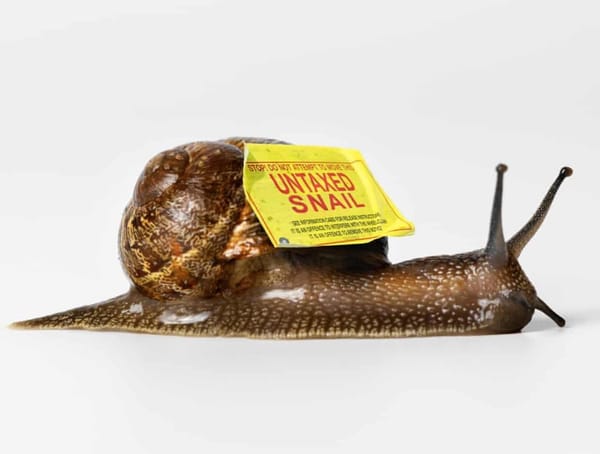Glenn Miller's disappearance is still unsolved 80 years later
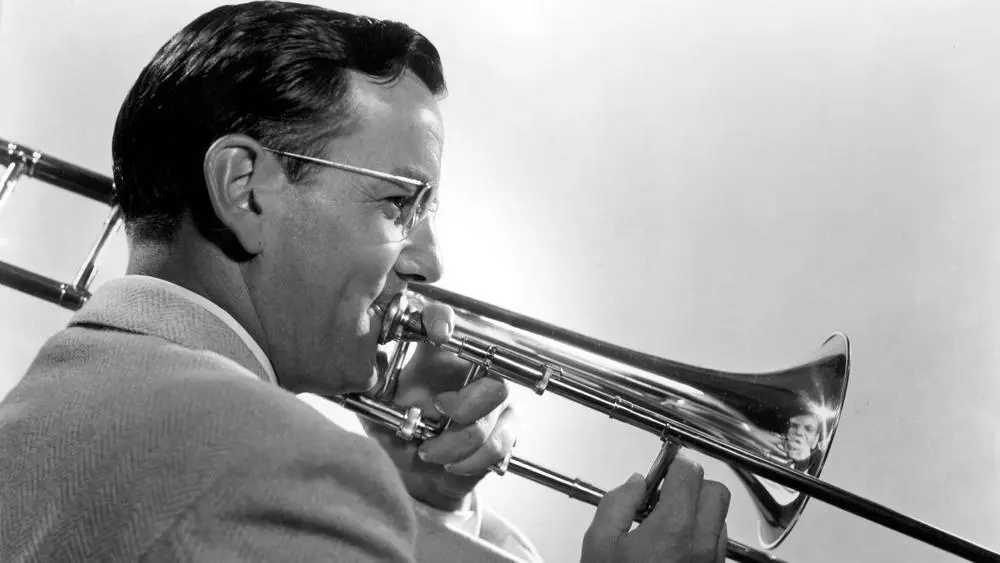
From NPR: "It was Christmas Day, 1944, when people heard the news: Glenn Miller, one of music's biggest stars, had vanished. He had boarded a military plane from Britain, bound for Paris, where he was scheduled to perform for American troops during World War II. But neither crew nor passengers made it across the English Channel. There is no wreckage of Glenn Miller's plane, and no definitive answers. He disappeared without a trace. Miller wasn't even supposed to be on board the small prop plane, but, anxious to get going after multiple weather delays, he'd hitched a ride without authorization. It took days for anyone to realize he'd gone missing. The rest of his band eventually arrived in France. And on Christmas Day, as news of Miller's disappearance hit the papers, they played their show — without the man who had brought them together in the first place."
Sir Isaac Newton listed all of his sins in 1662 and there are some pretty big ones
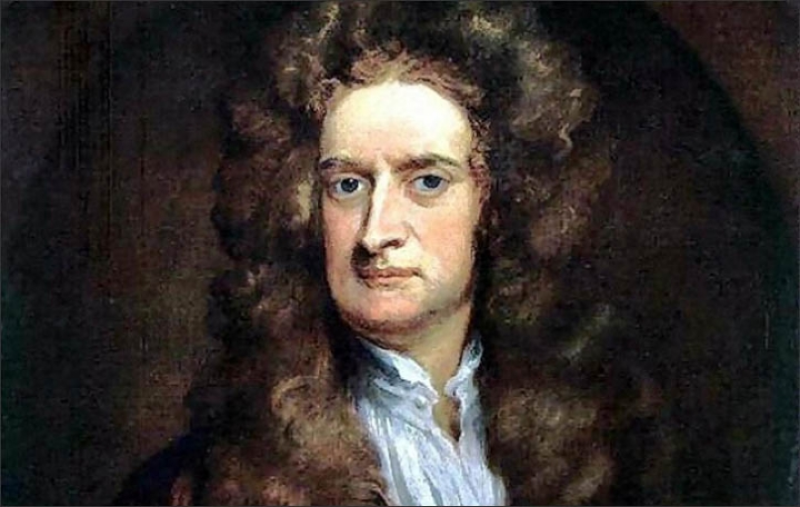
From Open Culture: "In 1936, a document of Newton’s dating from around 1662 was sold at a Sotheby’s auction and eventually wound up at the Fitzwilliam Museum in Cambridge, England. Newton rattles off a laundry list of sins he committed during his relatively short life – he was around 20 when he wrote this, still a student at Cambridge. Some of the sins are rather opaque. For example, it's unclear “Making a feather while on Thy day” means exactly (which is followed by "and denying I made it"). But others like “Peevishness with my mother” are immediately relatable, as is "Punching my sister" or "Having uncleane thoughts words and actions and dreamese." And then there are some darker ones, like "Wishing death and hoping it to some," and "Threatning my father and mother Smith to burne them and the house over them."
Do aliens really exist? Most scientists surveyed say that they probably do
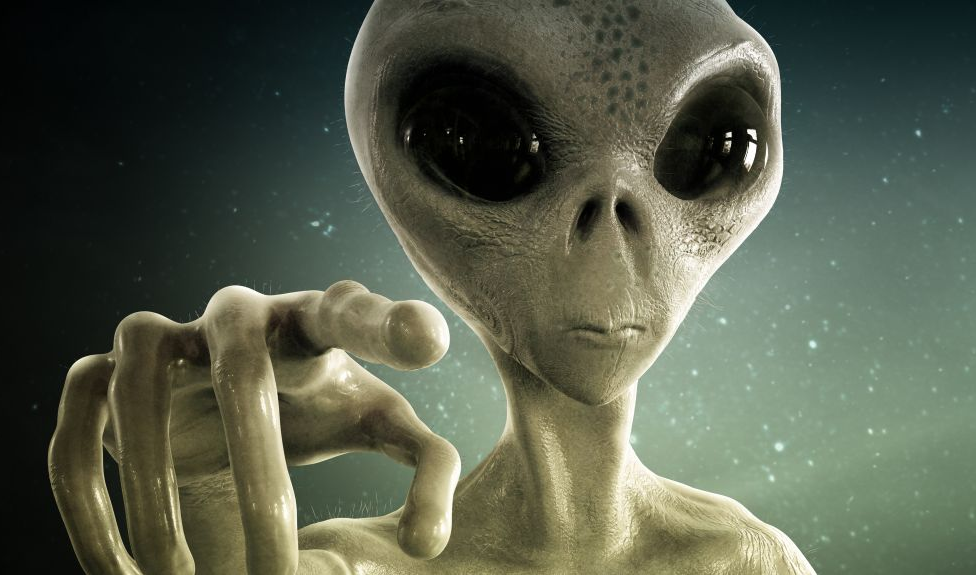
From The Conversation: "During February to June 2024, we carried out four surveys regarding the likely existence of basic, complex and intelligent extraterrestrial life. We sent emails to astrobiologists (scientists who study extraterrestrial life), as well as to scientists in other areas, including biologists and physicists. In total, 521 astrobiologists responded, and we received 534 non-astrobiologist responses. The results reveal that 86.6% of the surveyed astrobiologists responded either “agree” or “strongly agree” that it’s likely that extraterrestrial life (of at least a basic kind) exists somewhere in the universe. Less than 2% disagreed, with 12% staying neutral. So, based on this, we might say that there’s a solid consensus that extraterrestrial life, of some form, exists somewhere out there. Scientists who weren’t astrobiologists essentially concurred, with an overall agreement score of 88.4%."
Hi everyone! Mathew Ingram here. I am able to continue writing this newsletter in part because of your financial help and support, which you can do either through my Patreon or by upgrading your subscription to a monthly contribution. I enjoy gathering all of these links and sharing them with you, but it does take time, and your support makes it possible for me to do that. I also write a weekly newsletter of technology analysis called The Torment Nexus.
Ancient Roman statue of Athena goes on public view for first time in more than 200 years
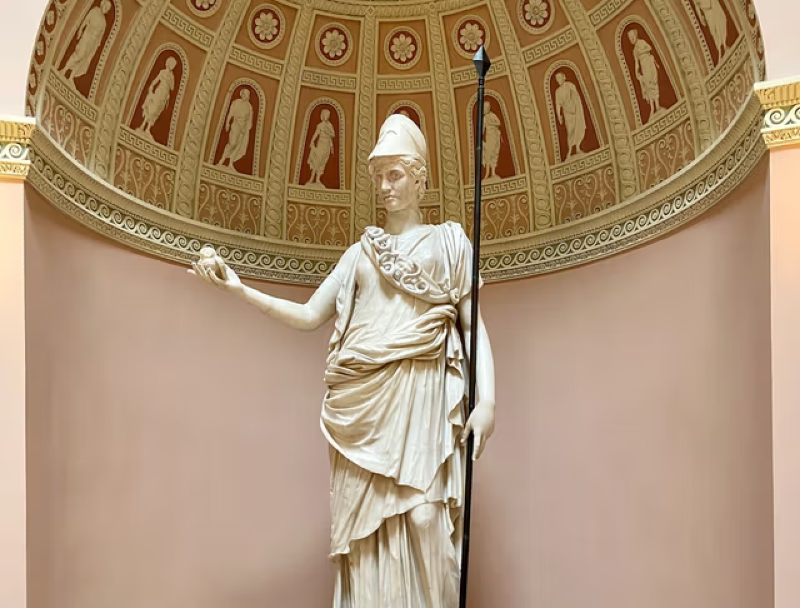
From The Art Newspaper: "The Halsted A&A Foundation has acquired a 1st-century Roman statue of the ancient Greek goddess Athena. The sculpture, which has remained out of public view for centuries, will be on display beginning 25 January at the Chicago art space Wrightwood 659. Before it became Halsted’s in 2023, the statue belonged to the same British family for almost 260 years. The landowner and politician William Weddell originally acquired the sculpture in mid-1700s Rome for his estate in North Yorkshire, where he installed it in a custom-built gallery niche designed by the architect Robert Adam. The Halsted curator notes that the statue is an amalgam of two sculptures from different eras—the head from a statue that was made during the reign of Augustus and the body from one that was created under Claudius."
How jazz singer Billie Holliday became Public Enemy #1 for the Federal Bureau of Narcotics

From Politico: "Jazz was the opposite of everything Harry Anslinger believed in. It is improvised, relaxed, free-form. It follows its own rhythm. Worst of all, it is a mongrel music made up of European, Caribbean and African echoes, all mating on American shores. To Anslinger, this was musical anarchy and evidence of a recurrence of the primitive impulses that lurk in black people, waiting to emerge. “It sounded,” his internal memos said, “like the jungles in the dead of night.” Another memo warned that “unbelievably ancient indecent rites of the East Indies are resurrected” in this black man’s music. The lives of the jazzmen, he said, “reek of filth.” His agents reported back to him that “many among the jazzmen think they are playing magnificently when under the influence of marihuana but they are actually becoming hopelessly confused and playing horribly.”
When the bird you're feeding is a bald eagle
INSANE 🐟🦅😱 pic.twitter.com/1oA5uTfdJ6
— Nature is Amazing ☘️ (@AMAZlNGNATURE) January 20, 2025
Acknowledgements: I find a lot of these links myself, but I also get some from other newsletters that I rely on as "serendipity engines," such as The Morning News from Rosecrans Baldwin and Andrew Womack, Jodi Ettenberg's Curious About Everything, Dan Lewis's Now I Know, Robert Cottrell and Caroline Crampton's The Browser, Clive Thompson's Linkfest, Noah Brier and Colin Nagy's Why Is This Interesting, Maria Popova's The Marginalian, Sheehan Quirke AKA The Cultural Tutor, the Smithsonian magazine, and JSTOR Daily. If you come across something interesting that you think should be included here, please feel free to email me at mathew @ mathewingram dot com
